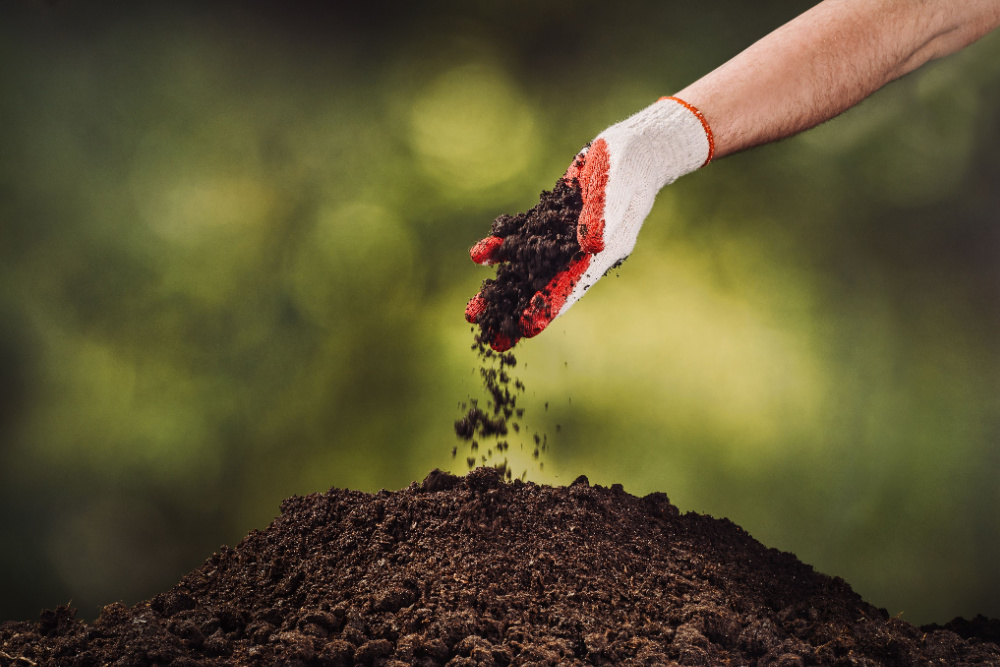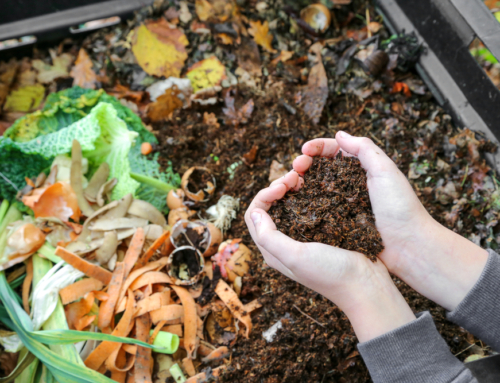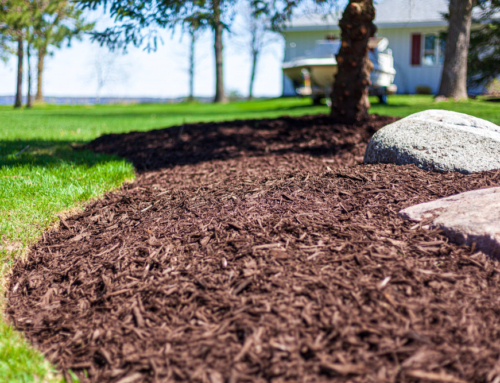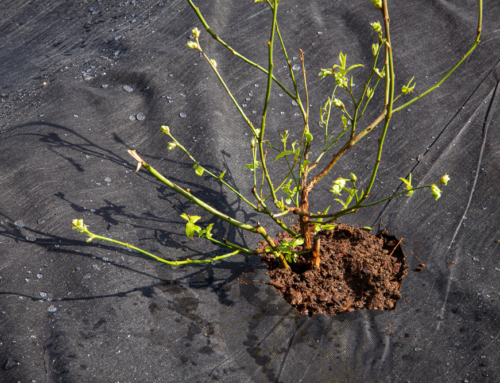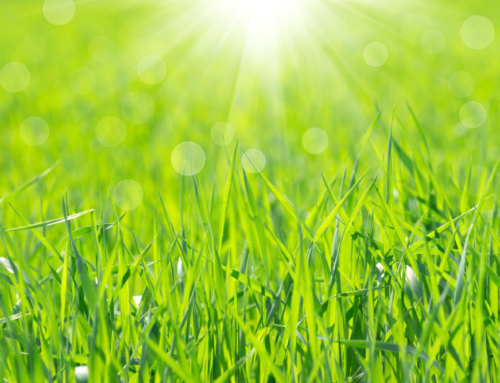Fall is the perfect season to prepare the yard ahead of the cold winter. You can also apply fertilizer on the lawn during this time to enhance year-round success.
One of the best practices for fall fertilizing is proper timing because your yard requires fertilizer at the right season for maximum yield.
That said, how important is timing in fall fertilizer application? And how much fertilizer do you need for the season?
Does Your Lawn Need Fertilizer in the Fall?
Fall fertilizing is more critical than other seasons of the year. When done correctly, you will get a healthy, well-maintained lawn in the season.
For example, the cool season vegetation like ryegrass achieves peak growth in fall and spring. So, if you are handling such turf on your lawn, fall fertilizing is ideal because the roots will readily absorb the nutrients to match the rapid growth of grass.
Why is Fall Fertilizing Necessary?
Fall fertilizing guarantees good lawn health in the coldest months, leading to a lush green appearance in spring.
In addition, fall fertilizing on the yard means you will save substantial maintenance costs after the winter thawing.
When is the Best Time to Fertilize Your Lawn in the Fall?
The exact time to fertilize the lawn in the fall depends on your location. However, most landowners in the cooler areas apply fertilizer in late September or early October.
September is mainly preferred because, at this time, the grass recovers from dormancy after the hot summer.
The end of October is also ideal for applying fertilizer to stimulate root growth before winter. The overall effect is a lush green lawn when the spring comes forth.
As you focus on lawn fertilizing, beware of significant climatic occurrences that may affect your yields. For instance, if fall comes with early frost, you should stop fertilizing to prevent grass discoloration.
A local extension officer can help you draft an accurate schedule so you avoid the adverse effects of wrong timing.
What Time of the Day is Ideal for Fertilizer Application?
Sunny conditions can hamper the effectiveness of your fertilizer owing to higher temperatures. As such, consider fertilizing the yard only when daytime temperatures are lower.
Experts recommend fertilizing the lawn in the early morning or in the evening, depending on your preferences.
Is it Advisable to Mow in the Fall?
Experts recommend completing the mowing process before you begin the fall lawn fertilizing.
This ensures you have a clean slate to enable the roots to absorb nutrients from the fertilizer.
Despite this, you may leave some grass clippings to enhance proper root growth and moisture preservation on the lawn.
Should You Continue Fertilizing During Rainy Days?
Severe rainfall has far-reaching effects on lawn fertilizing efforts. The rains may wash away the nutrients, leading to severe nutrient loss.
For this reason, it is advisable to wait until the ground begins to dry up.
How Much Fertilizer is Enough?
Do not exceed the manufacturer’s recommendations as indicated on the pack.
According to experts, Nitrogen and Phosphorus elements are not easily absorbed if applied beyond the recommended amount.
As such, excessive use of fertilizer may lead to nutrient pollution.
How Can a Lawn Care Professional Help You During Fertilizer Application?
A lawn care expert will come in handy in many ways during the process.
First, the expert can help you account for vital variables, including the local climate, lawn makeup, and landscaping goals.
Lawn care experts also have vast experience identifying the type of grass and soil in your yard. In addition, they can advise on the best fertilizer you should use and things to avoid to ensure you have healthy plant growth in your yard.
Hiring a professional lawn company also guarantees access to extra lawn care services. For example, they can help you install irrigation systems, mulching, pruning, and many more, at affordable costs.
How Frequently Should You Apply Fertilizer in the Fall?
Most landowners prefer fertilizing only once in the fall. However, others also apply a second round of fertilizer in early November.
The last application strengthens the lawn’s roots, giving them a firm base to thrive the following spring.

